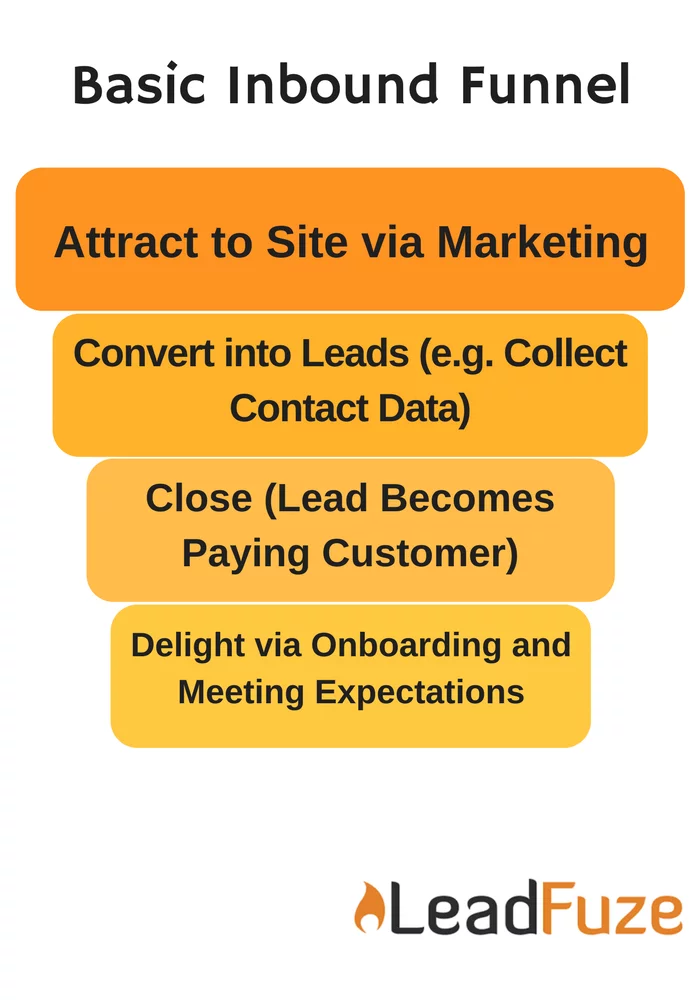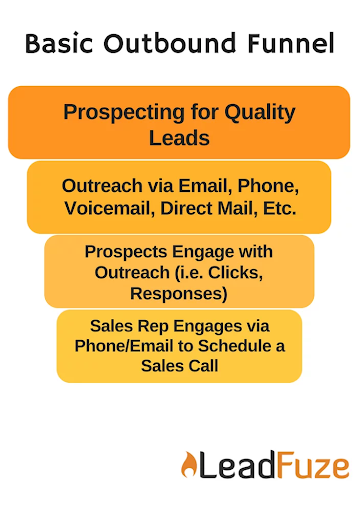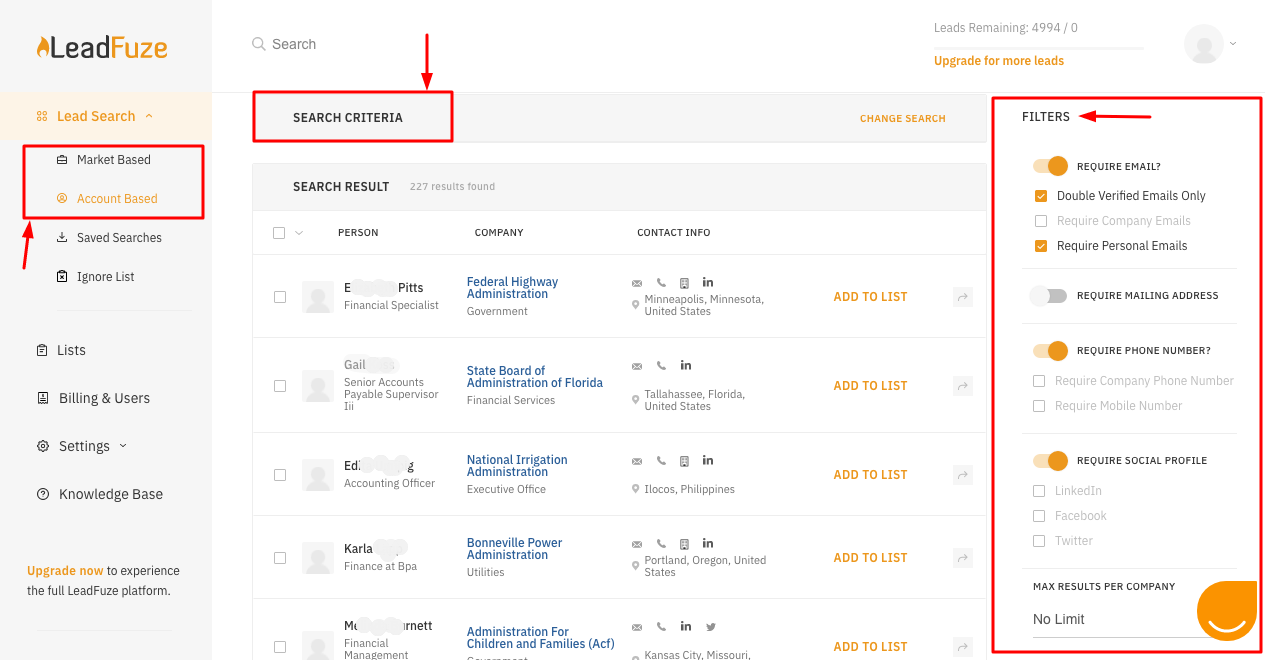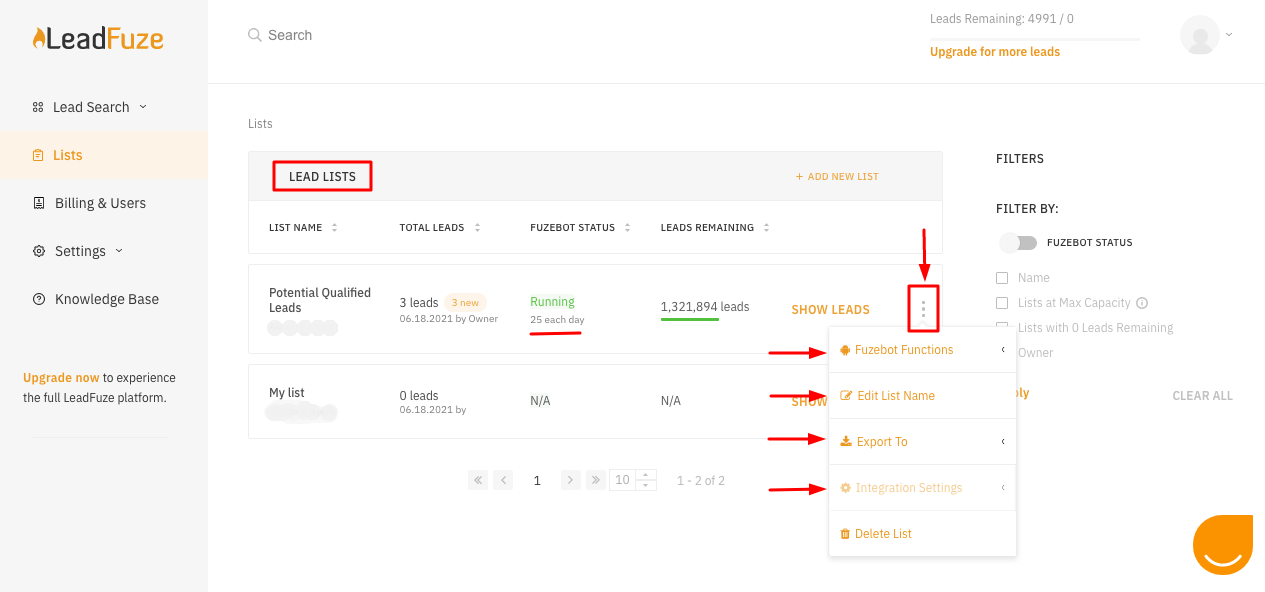What is a Sales Opportunity?
Sales opportunities are different prospects who are deemed to have the potential to become customers and have an interest in purchasing your product or services.
At this point, they are ready for a sales call or meeting by having enough information about the prospect.
You’ve talked to all the people involved in the story, you’ve done a stakeout to catch the culprits in the act, and you’ve even filled up one of those little memo pads with all the notes for your story. Now what?
It’s time to put it all on the line and pitch your story.
Sure, you’ve done your best to determine the fit and have extracted all the juicy details to make things as interesting and beneficial as they can be. But it all comes down to whether or not the decision-maker thinks it’s worthy of a spot on the page (purchase).
That’s what an opportunity is for reps. It’s the point at which a prospect agrees to consider your solution.
Important: If a prospect is not willing to seriously talk about and consider either changing from their current solution or just using you for the first time — they are not a prospect. Regardless, you should re-engage with them later to see if the lead is ready to consider a new solution.
You can’t sell to someone who’s not interested. You can explain the benefits and pour them a glass, but it takes self willingness to consider them to be potential customers.
You obviously desire to sell your products to those who need them. Therefore, the opportunity hinges on the potential customer.
Once your prospect decides they need to consider your solution, it genuinely is a sales opportunity.
7 Characteristics of Sales Opportunity
Identifying sales opportunities, it’s important to conduct some research on the company or the client and their needs so that you can present them with solutions tailored specifically for their issue/problem.
While conducting your research, you’ll come across different leads, but kind of with many familiar characteristics. Actually, we’ve broken down common characteristics into 5 main reasons.
1. Need
First of all is the need for your product or service by potential customers.
Ideal customers tend to have mutual characteristics. Which is in this case the need for your product or solution to fix their problem.
It’s a part of the rep’s job to identify leads issues, communicate and offer helpful solutions through explaining how your company’s solution can fix the lead’s problem.
2. Interest
When it comes to leads, you must come to understand their interests.
Prospects may sometimes be aware of the issue they’re having but they’re not bothered by it or do not look to solve it.
For instance, a CRM software rep is conducting lead nurturing and achieved communication ground. He might run into a prospect who has been, for years, using Microsoft packages in terms of client management and team track schedule…
It’ll be hard to convince such a prospect to buy a CRM solution and turn him into a sales opportunity.
The way these people show interest is often by signing up for a free trial of your service or requesting a demonstration. Leads with such characteristics are also referred to as Sales Qualified Leads.
They’ve already expressed interest in what you offer. SQL requires a lead nurturing process through your sales lead management system or strategy, as they have a high probability of turning into customers and should be followed up with directly.
3. Engagement
As far as engagement, some leads may show engagement signs with your product through social media, ads, visited your website or downloaded an information product, and other online channels.
Which can signify to their interest in the sale opportunity you’re offering.
These types of leads are usually called Marketing Qualified Leads MQL.
4. Responsiveness
This is the case where a prospect is being responsive either towards your cold outreaching, or by directly responding to emails & phone calls.
5. Fit
When dealing with prospects, reps need to consider the solution or product they’re selling and how it could be a good fit for the lead’s business.
Reps need to identify sales opportunities, not just sell.
You want to make sure that what leads are buying is going to be beneficial for them in any way.
6. Timing
Timing can also help signal when leads are ready to close on a sale opportunity.
Few leads take their time before making any decisions and look around more thoroughly.
A good rep would identify such behavior and insert a few techniques that might help turn this prospect and convince him. If he’s a fit of course.
7. Risk
Lastly, the risk is another sign of readiness for sales opportunities.
If there are no risks whatsoever with buying your product or service then it will be easy for leads to close on the sale opportunity.
It is true that leads have characteristics, but that doesn’t make closing deals any easier.
Reps need to excel in the biggest job ahead.
Qualifying leads into prospects, turning prospects into sales opportunities then sealing it with closing the deal.
3 Steps to Identify Leads That Are Ready to Close
In order to identify leads that are ready to close, be mindful of these three steps.
Step 1: Identify qualified leads
Generally, to determine if your lead is qualified, answer these three questions:
- Is this lead the primary decision-maker? Or does he have purchasing power?
- Is this lead ready to buy?
- Is this lead the right fit for our products? (Do they have the budget, authority, need, and time?)
Make sure your marketing efforts and your sales efforts are aligned to the same goal and collect the needed information.
You can split sales qualified leads into two camps: Inbound & Outbound sales funnels.
Let’s take a quick look at both.
-
Inbound leads
These are leads that come to you. They’ve found your site, they want what you have and they’re ready for sale. A lead who has been vetted and is ready to speak with a salesperson.
These people have purchasing power and are prepared for engagement from a salesperson.
Before they are marked as sales-ready, however, they have to meet specific requirements.

The level of engagement of your leads will be a big indicator of their position in your sales funnel.
If the lead has just visited your website a single time, or just followed your business on social media —they may not be ready. With that said, if they’ve downloaded a product or requested more information, then their engagement level will show they’re ready for a discussion with a salesperson.
-
Outbound leads
These sales funnels include the proverbial outreach strategy, cold calls & cold emails asking for someone’s time & attention in order to showcase your product or service.

If you have not already created an Ideal Customer Profile (ICP), now’s the time.
Specific Firmographic information such as job title, industry, company size and revenue, geography, and rank level (such as Purchasing Coordinator vs. Purchasing Manager) all go into creating that ICP.
Once you have the information of the lead, and it matches your ICP, you can find the leads that seem to be interested in what you’re selling.
Then, it’s just a matter of figuring out if they’re a fit in terms of budget and timing.
The main difference between these two is when contact occurs with the lead; Inbound typically happens before Outbound does because of how each sale funnel operates on different timelines.
Once leads enter your sales funnel, match them up to the profiles and see which ones are more likely to buy. You can then change up your process and segment it to close more deals.
If your lead needs more nurturing, remove them from the list of sales qualified leads, and put them back into a lead nurturing campaign.
For outbound leads that don’t respond, put them in an inbound funnel to see if they open/click anything down the road.
Note that: Buyers profiles tend to be mostly from inbound leads. These leads are at a level in which they need more engagement, information, and content that makes them want to take action further or engage with the company.
Step 2: Score your leads
Once your leads have been identified by Marketing and passed to Sales as qualified, it’s time to score them.
The idea is that each piece of data that the lead aligns with in relation to your ICP gets a point. The higher the point value of the leads are, the more sales opportunities they become.
Set your minimum lead score that a lead must attain to be sales-ready.
For instance, if you have ten key data points that must be met before a lead is sales-ready. Set a minimum score of, let’s say, 7 or 8 points that can make a lead sales-qualified. If not reached even the minimum, they will be sent back to marketing for further nurturing.
Here are some examples of action-points data that could be used in Lead Scoring:
- Pageviews: how many pages on your site has the lead visited?
- Site searches: have they searched your site for specific content?
- Email opens or clicks: have they downloaded content from your site and opened it? Have they signed up for your e-newsletter and open it every time?
- Nature of downloaded content: has the lead downloaded an eBook or pricing guide that is specific to your company and product?
- Company information: do their company’s industry, size, and location match your ICP, and will the lead be a good fit for your sales opportunities?
- Job position: is this person in a position in which they can make purchasing decisions?
During the lead scoring and lead qualification processes. Always try to narrow down what problem exactly is the lead facing, and how your product may come as a solution.
Step 3: Identify the sales-ready leads
This is the step in which you bring all of the previous steps together.
The buying stages break down to this timeline:
- Early: Someone who is aware of your product. But hasn’t taken one of the higher-level actions in step 1 or 2.
- Mid: Leads who have taken an action from step 1 or 2. But whose lead scores aren’t high enough to qualify as sales opportunities.
- Final: Qualified leads. Have taken multiple actions from steps 1 or 2, who have a qualifying lead score and ready for a call from a salesperson.
You have an Ideal Customer Profile, and your marketing and sales teams are working closely together to create a unified message and standard for sales opportunities. Your marketing team has created engaging content that the lead has taken action on, and based on all the indicators, you’ve marked them as qualified.
The lead has been scored, and now you’re ready to make the next move.
All-important move: assist the lead in taking that final step in your sales funnel. Going from a lead to a conversion, a customer, or a close.
There are three ways to tell if a lead is close ready:
First way: A lead filling a form
The lead has filled out a specific “contact us” form or has indicated an interest in being contacted.
Second way: A lead clicking CTAs
The lead has shown interest by interacting with a CTA, or call to action (i.e., “contact us,” “get my coupon,” “get a personalized quote,” etc.) OR: The lead has interacted with automated content (from an email, a desktop chatbot, or a phone call.).
Third way A lead at the buying stage
The lead is in the final buying stage.
The more specific a product or service you can offer the lead, the more likely they are to trust your salesperson & turn into a sales-ready lead. Share on X
That means if you’re targeting leads who are not ready to take advantage of sales opportunities, you’re wasting time and resources that could be better spent targeting action-ready leads.
After all, the salesperson is trying to help their life, not sell them something they’re not already interested in.
How to Collect More Information on Sales-ready Leads
The more information about their needs you know beforehand, the more it will help you determine if there is a potential sale, then guide your sales opportunities management accordingly.
Your sales team should have a specific idea of the buyer personas that make up your target leads when they’re prospecting.
This is where LeadFuze software comes in handy.
LeadFuze solution gives reps the ability to conduct an Account Based or a Market Based search to explore potential prospects or pick up information about competitors.
Your search can even include certain filters for specific criteria.


Fuzebot, our AI assistant, will enable reps to activate Fuzebot’s autopilot search which will automatically add new leads in the future that match your desired criteria.
All done while integrating with sales outreach tools to allow reps prospecting those freshly verified leads & explore markets.
Conclusion
At this point, we’ve explained:
- Sale opportunity characteristics
- Steps to follow
- How to identify leads that are ready to close on a deal
A consumer is more likely to make a purchase from a friend or someone they trust. So, it’s your responsibility to ensure that your company has been aligned in such a way that familiarity and trust have been established.
But in the end, in order to create a sales opportunity, it all depends on how well informed you are about the prospect you’re dealing with, in terms of needs and fit ability to qualify.
So invest in information that will help you identify leads better. Invest in accurate & verified leads.
Want to help contribute to future articles? Have data-backed and tactical advice to share? I’d love to hear from you!
We have over 60,000 monthly readers that would love to see it! Contact us and let's discuss your ideas!

